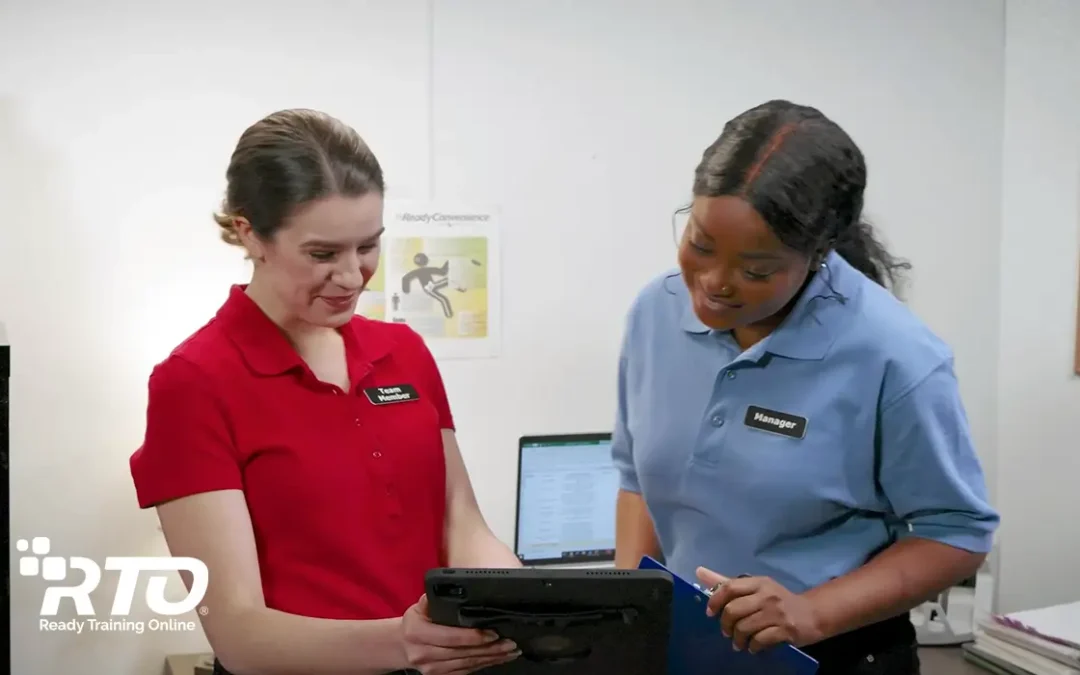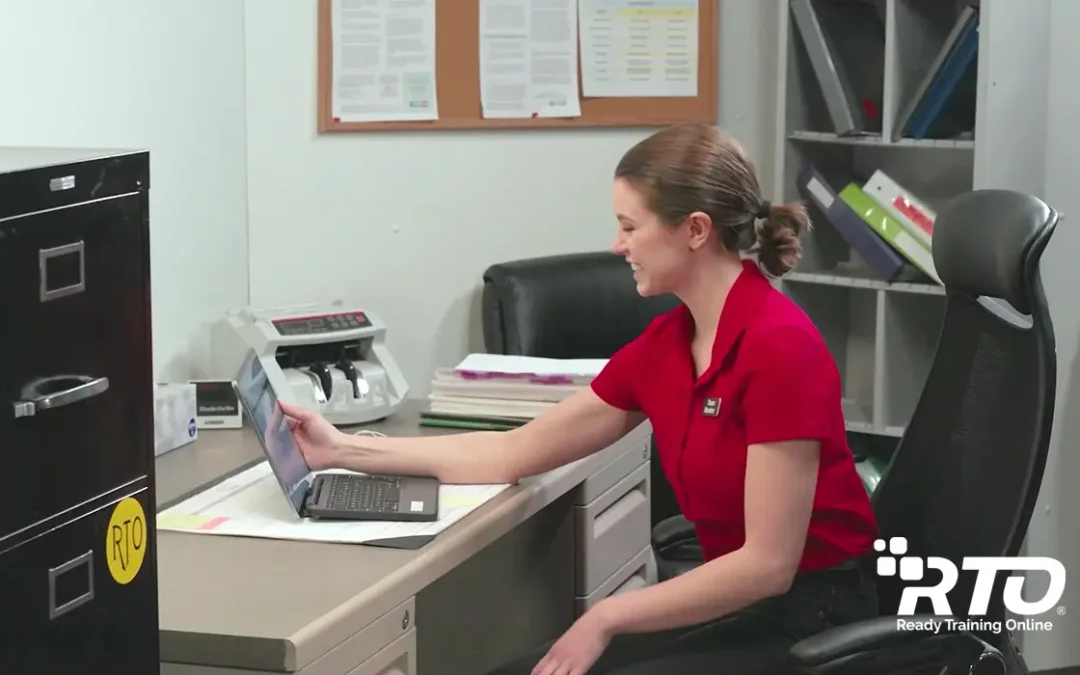A gap analysis helps you identify the difference between where you need to be and where you are. When applied to team performance, a gap analysis shows you areas where the competencies of your team don’t reach the level required to reach team goals. Filling the gaps in your team allows your team to grow. When gaps don’t get addressed, they tend to get bigger, eventually causing teams to collapse altogether.
Steps in a Gap Analysis
To conduct a gap analysis, follow these steps:
- Define goals and the competencies required to meet those goals.
- Collect information through observation, interviews, surveys, and assessments.
- Analyze the results. When you compare the competencies you defined in #1 to the data you collected in #2, you’ll find your gaps.
Two Levels of a Gap Analysis
When it comes to your team, you need to conduct gap analyses on multiple levels.
- Individual level. A team is only as strong as its weakest member. In order to conduct performance gap analyses on individual team members, you must first clearly define each team member’s role. What is each person responsible for? Is there an overlap in duties, and if so, does there need to be? Does each team member have individual goals suited to their strengths?
- Team level. Look at your individual gap analyses for trends. You may be able to identify common gaps or ways to move team members around to fill gaps. Then, review your team goals and repeat the gap analysis process at the team level.
Red Flags That You Need a Gap Analysis
It’s a good idea to conduct gap analyses on a regular basis, but there are also certain circumstances that indicate you need one.
- A team member has a poor performance review.
- The team performs poorly on a project or important task.
- Business conditions shift, creating a change in what’s expected of a team or team member.
- Staff changes require recruitment and hiring of new team members.
- Business growth changes overall company goals.
- Adoption of new technology.
Addressing Gap Analysis Results
A gap analysis almost always shows you some gaps. Sometimes they are really big gaps, sometimes they’re smaller. The best way to close the gap between what a person or a team needs and what they currently have is to use training to improve competencies. Online learning management can bring knowledge levels up quickly. On-the-job training and mentoring programs can keep training top of mind. Other ways to address gaps include hiring new talent, adopting new technology, and shifting roles within the team.
Adopting a Learning Management System
trainingGrid® is an LMS developed with you and your employees in mind. Its intuitive design makes learning management simple and allows employees to begin training with just a click. This flexible system comes with a variety of robust features customizable to fit your needs in addition to built-in reporting and certification tools that track your compliance documentation.
Request a guided demonstration of trainingGrid® today!





